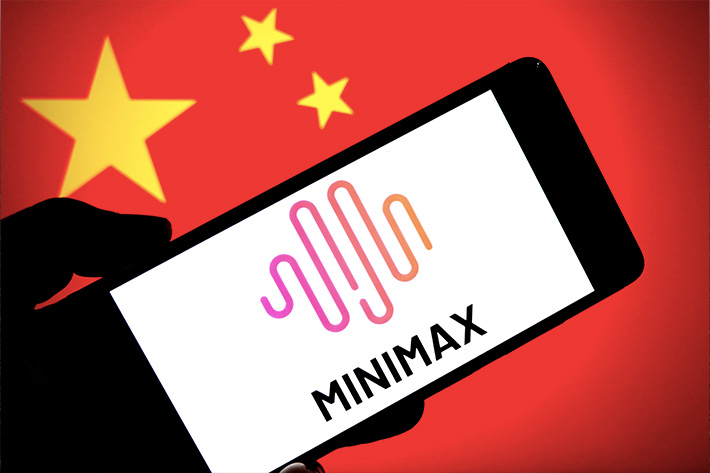Historically high pressures on global supply chain networks that have contributed to shortages of key goods and materials and a surge in inflation may have peaked, according to a new index released by the New York Federal Reserve on Tuesday.
The Global Supply Chain Pressure Index (GSCPI) surged early in the pandemic when China imposed lockdown measures. Pressures eased as production resumed but picked back up during the winter of 2020 as Covid-19 infections jumped.
“More recently, the GSCPI seems to suggest that global supply chain pressures, while still historically high, have peaked and might start to moderate somewhat going forward,” the researchers wrote in a blog post.
The index is based on 27 variables such as shipping rates and air freight costs between the US and Asia and Europe.
Researchers found “enormous growth” in shipping costs since the beginning of the recovery from the lows at the start of the pandemic. But that growth has started to slow in recent months.
The researchers also noted that container shipping rates rose more significantly during the most recent economic recovery than after the Global Financial Crisis.
Raw Materials Rates Rise
But the costs of shipping raw materials, such as coal or steel, rose “on par” with the post-GFC recovery, they added.
Researchers said they adjusted for shifts in demand, but noted that the GSCPI is “not a perfect” measure and likely still reflects some demand factors.
The index, drawing on data going back to 1997, shows global supply chain pressures are substantially higher now than in previous times of stress.
For example, pressures rose in 2011 after an earthquake in Japan and flooding in Thailand. The index rose again during the US-China trade war in 2017-18. But those spikes pale in comparison to the Covid-19 effect, the researchers wrote.
A separate report out Tuesday suggested that supply constraints are starting to ease as delivery times improve.
The Institute for Supply Management survey also found that prices paid by manufacturers fell last month by the most in a decade.
- Reuters with additional editing by George Russell
READ MORE:
Toyota Halts Production Over Supply Chain Squeeze
Global Supply Chain Clogs Are Easing, Led By Asia: WSJ
Supply Chain Snarls Seen Costing Automakers $210bn This Year
























